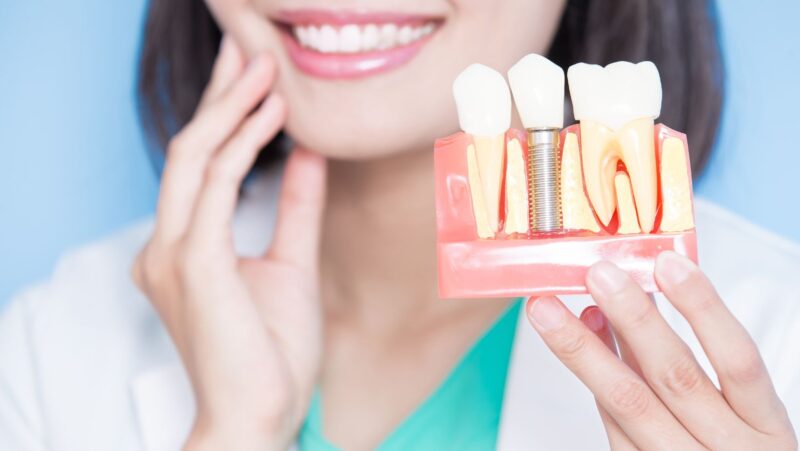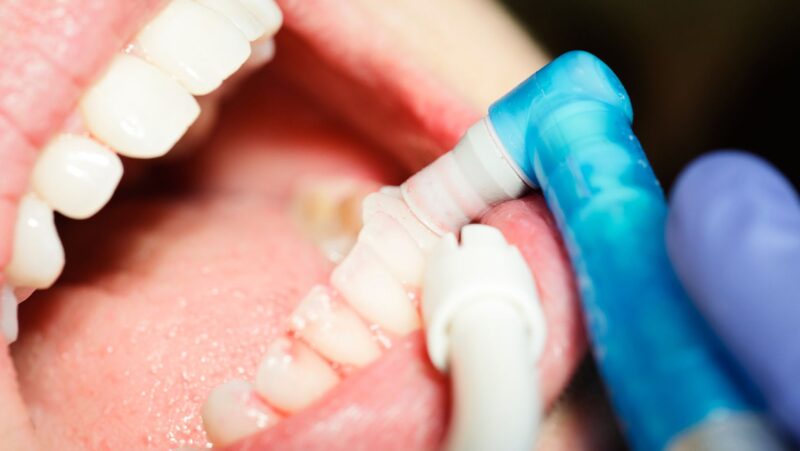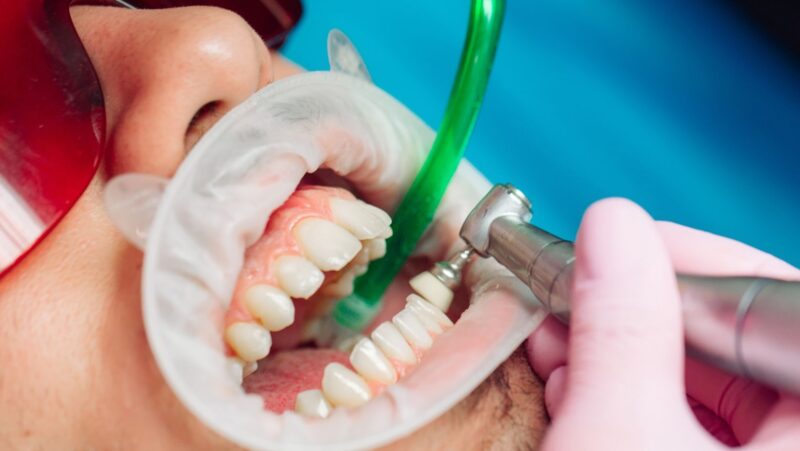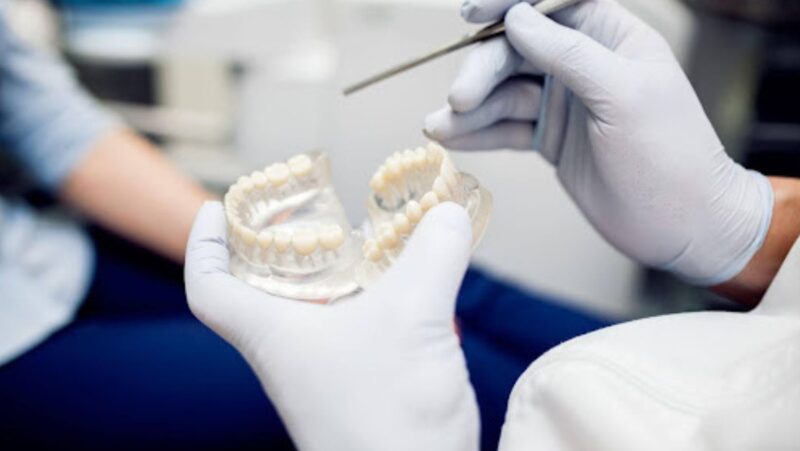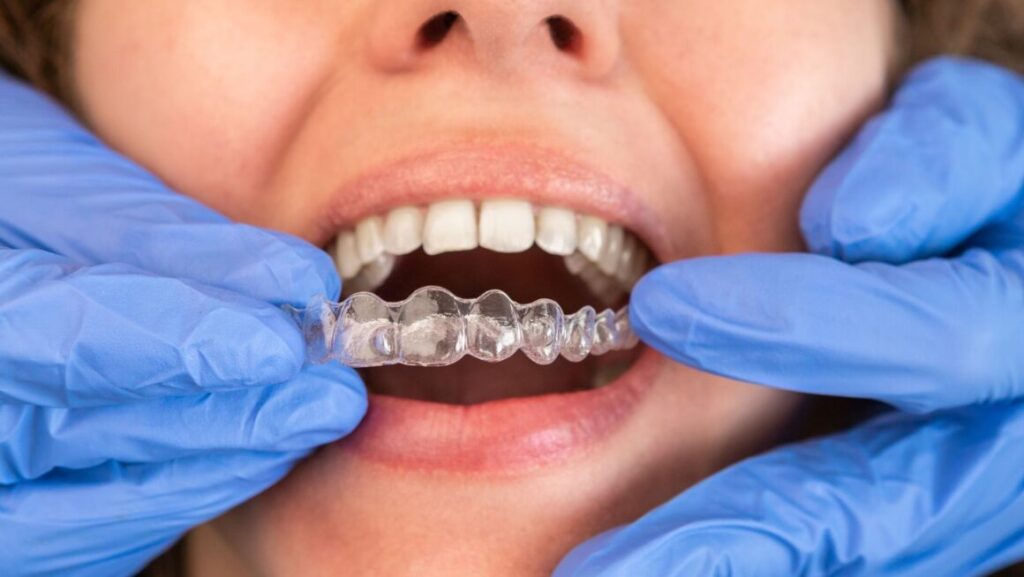
Dental fillings and crowns play a crucial role in protecting your natural teeth and restoring your smile. When cared for properly, they can last for many years. They help you maintain both function and aesthetics. Their durability is directly impacted by daily routines. So, disregarding good dental hygiene can result in decay, breakage, or expensive repairs.
While regular visits to a Dentist in Burlington are essential, the care you provide at home is just as important. Simple daily practices, like brushing, flossing, and mindful eating can significantly extend the life of your dental restorations.
In this guide, you will explore steps to protect your fillings and crowns to ensure that your smile remains healthy and strong.
Average Lifespan of Dental Fillings and Crowns
Dental fillings and crowns are designed to be long-lasting, but they are not permanent. The material used and the location of the restoration in your mouth can affect its longevity. Additionally, how you maintain dental hygiene and how you consume and chew food also play a role in how long these restorations last.
On average, dental fillings last between 5 to 15 years, with some high-quality materials like composite or porcelain potentially lasting even longer. Crowns, on the other hand, are more durable and typically last 10 to 15 years, and in some cases, well-maintained crowns may last 20 years or more.
Daily Tips to Elongate the Life Span of Dental Fillings and Crowns
It is essential to incorporate simple daily care routines into your oral hygiene to ensure your fillings and crowns last as long as possible .
1. Brush Twice Daily with Fluoride Toothpaste
Brushing your teeth at least twice a day is fundamental in preventing plaque buildup around your fillings and crowns. All of your teeth’s surfaces, particularly those around dental restorations, should be gently cleaned with a soft-bristled toothbrush and fluoride toothpaste.
Fluoride lowers the chance of decay beneath and around crowns and fillings while strengthening tooth enamel. Be gentle around your dental work to avoid dislodging or damaging the restoration.
2. Floss Daily to Remove Plaque and Food Particles
Daily flossing is crucial for cleaning between your teeth and around dental restorations.Especially where the crown or filling meets your natural tooth, it helps get rid of food particles and debris that a toothbrush would miss.
This practice prevents gum disease and decay at the margins of your dental work. To prevent harming your dental restorations, use a light sawing motion.
3. Use Antibacterial Mouthwash
Plaque accumulation and gum disease can be avoided by rinsing your mouth with an antibacterial mouthwash. To prevent drying out your mouth, use an alcohol-free mouthwash as part of your regular oral hygiene regimen.
Mouthwash adds an extra layer of protection for your dental restorations by getting to places that brushing and flossing might miss.
4. Avoid Hard and Sticky Foods
Consuming hard foods like ice, nuts, or hard candies may damage dental restorations. Sticky foods such as caramel or taffy can pull at fillings and crowns, potentially loosening them.
Limiting these foods can help maintain the integrity of your dental work. Opt for softer foods that are less likely to cause damage to your restorations.
5. Wear a Mouthguard if You Grind Your Teeth
Your crowns and fillings may deteriorate if you clench or grind your teeth, especially at night. Your dental restorations can be shielded from the pressure and friction that bruxism causes by wearing a mouthguard that is specially made for you. To avoid this, you can use a mouth guard after discussing with your dentist.
6. Schedule Regular Dental Checkups
Regular visits to your dentist are vital for checking the condition of your fillings and crowns. Plaque and tartar that are missed by routine brushing and flossing are removed by professional cleanings.
Additionally, your dentist can look for wear or damage and quickly fix any problems. Regular examinations guarantee that your dental restorations continue to function at their best.
7. Maintain a Healthy Diet
Your teeth and gums become healthier when you eat a balanced diet. Eat and drink less of the acidic and sugary foods and drinks that might cause tooth decay. To make your gums and teeth healthy, concentrate on eating meals high in nutrients, such as fruits, vegetables, and dairy products. Maintaining a nutritious diet will help your dental restorations last longer.
8. Be Mindful of Your Chewing Habits
Do not bite down on hard items or use your teeth as tools to open packages. Such habits can crack or chip your fillings and crowns. Being cautious about what you chew can prevent unnecessary damage to your dental restorations. Always use proper tools for tasks that could potentially harm your teeth.
9. Address Any Discomfort Promptly
If you experience any discomfort or sensitivity around your fillings or crowns, consult your dentist promptly. The lifespan of your dental treatment can be ensured by early intervention, which can stop minor difficulties from becoming bigger ones. Do not ignore signs of discomfort, as they may indicate underlying issues that require attention.
Conclusion
You may greatly increase the lifespan of your dental crowns and fillings by including these regular hygiene procedures into your routine. Maintaining the quality of your dental restorations requires regular brushing and flossing, a nutritious diet, and preventive behaviors. Remember, your Dentist in Burlington is always available to provide guidance and support in caring for your dental health.








